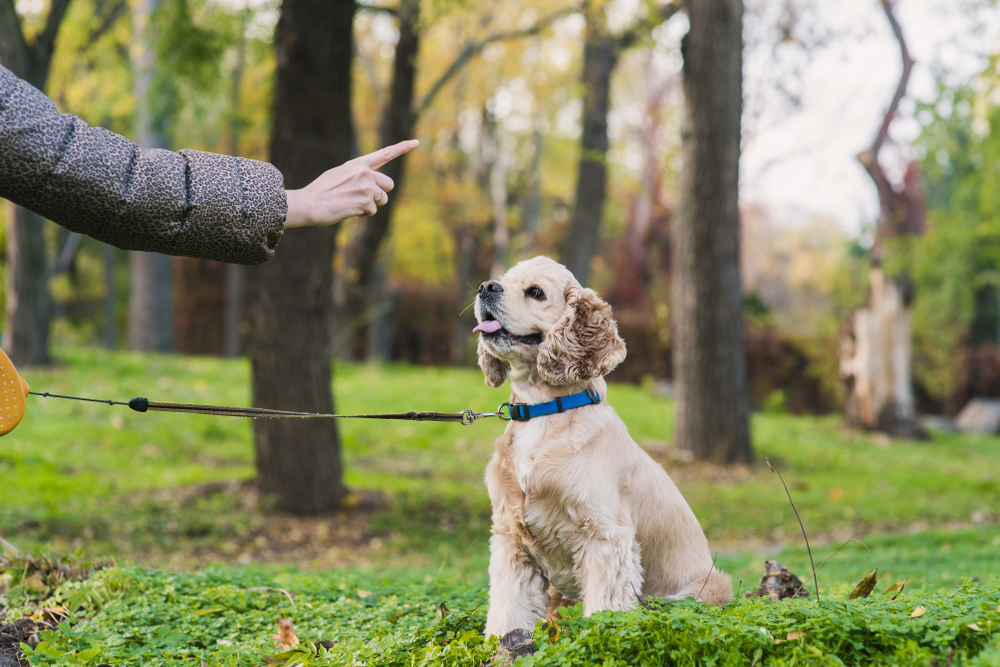Pulse of Information
Your source for the latest insights and updates.
Puppy Training: Tales of Tail-Wagging Triumphs
Unlock the secrets to puppy training success! Discover heartwarming tales and expert tips for tail-wagging triumphs your fur baby will love!
5 Essential Puppy Training Tips for Tail-Wagging Success
Bringing a new puppy into your home is an exciting adventure, but it also requires commitment and consistency. To set your furry friend up for tail-wagging success, start with positive reinforcement. Rewarding your puppy with treats and praise whenever they follow commands helps them associate good behavior with positive outcomes. Make training sessions short and engaging, around 5-10 minutes, to ensure your pup stays focused and eager to learn. Remember, patience is key; every puppy learns at their own pace!
Another essential tip is to establish a daily routine. Puppies thrive on consistency, so creating a structured schedule for feeding, potty breaks, and playtimes helps them understand what to expect. This not only aids in house training but also reinforces a sense of security for your new puppy. Additionally, socialization is crucial. Expose your puppy to various environments, sounds, and other animals to build their confidence. Follow these tips, and you’ll be well on your way to a well-trained companion who brings joy and wagging tails into your life!

Common Puppy Training Mistakes and How to Avoid Them
Puppy training is an essential part of raising a well-adjusted dog, but many pet owners unknowingly make mistakes that can hinder their progress. One common mistake is inconsistency in commands and expectations. It’s crucial that everyone in the household uses the same commands and enforces the same rules. For example, if one person allows the puppy on the couch while another does not, it can confuse the puppy and slow down the training process. Make sure to establish clear guidelines from the start and communicate them consistently throughout your home.
Another prevalent error is neglecting socialization during the puppy's formative weeks. Early exposure to different environments, people, and other animals is vital for developing a well-rounded dog. Skipping this step can lead to fearfulness or aggression later in life. To avoid this mistake, actively take your puppy on walks, to puppy classes, or to dog parks. Aim to introduce your puppy to a variety of situations in a positive manner, and remember to keep the experiences enjoyable and stress-free.
How to Foster a Positive Training Environment for Your New Puppy
Creating a positive training environment for your new puppy is essential for fostering a strong bond and ensuring effective learning. Begin by establishing a consistent routine that includes regular feeding, playtime, and bathroom breaks. Puppies thrive on predictability, so incorporating these elements into their daily schedule will help them feel secure. When initiating training sessions, choose a quiet space free from distractions, allowing your puppy to focus on learning. Utilize positive reinforcement techniques, such as treats and praise, to reward desired behaviors, making training a fun and enjoyable experience.
In addition to structure and rewards, encouraging socialization is key to building a positive training environment. Gradually expose your puppy to various people, pets, and environments to help them develop confidence and reduce anxiety. Arrange playdates with other vaccinated dogs or enroll in puppy classes to facilitate interaction in a controlled setting. Remember to be patient and understanding, as each puppy learns at their own pace. By creating a supportive and loving atmosphere, you'll pave the way for a well-adjusted and happy canine companion.